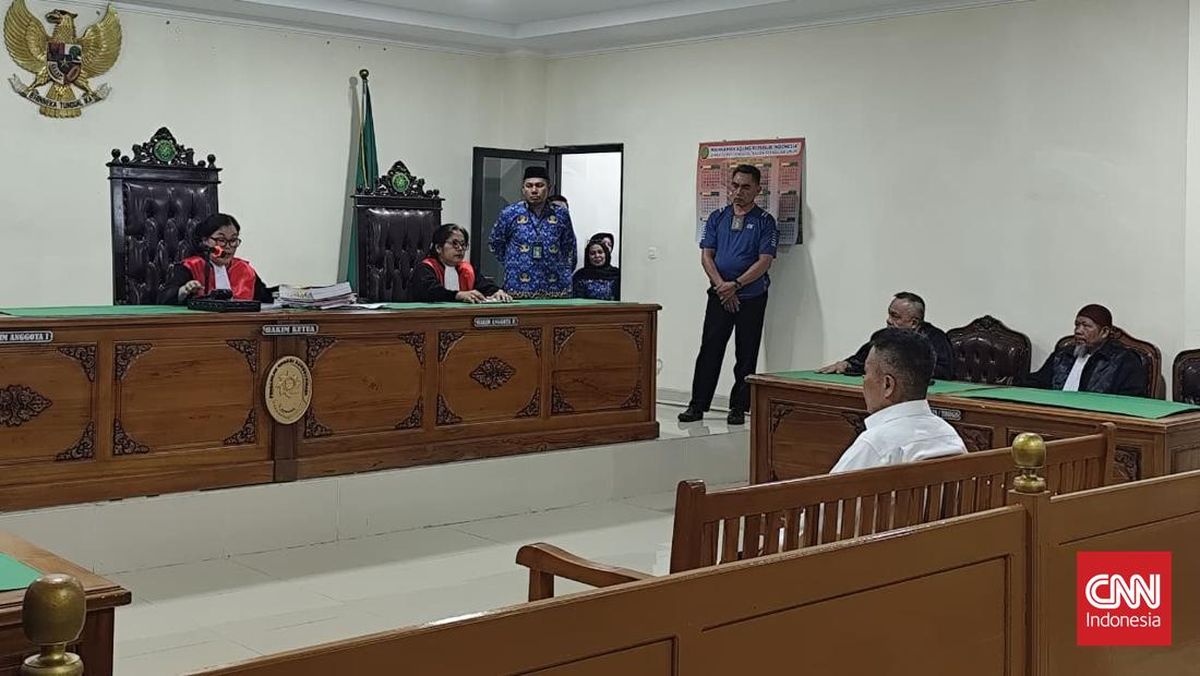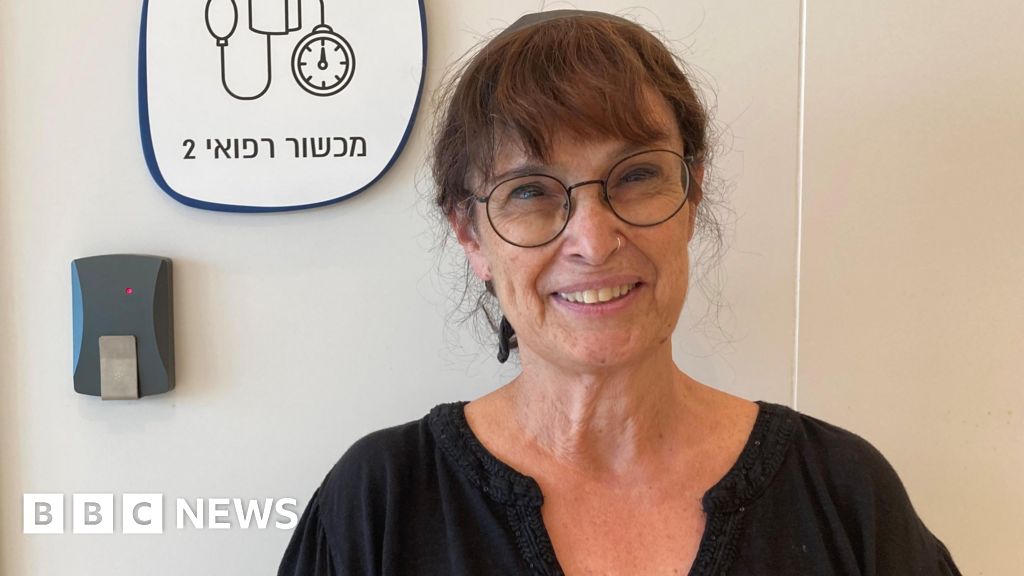Their home is included as a key site in the Inner West Council’s Fairer Futures plan, backed by the Labor-dominated council to make room for 30,000 extra homes.

Planning Minister Paul Scully has introduced widespread reforms to the planning system.Credit: Dominic Lorrimer
It has effectively rezoned Cheetham’s home of the past 30 years from low-density to R4 high density, and incurred a 36 per cent increase in annual rates.
The state government’s planning laws – best known by their acronyms LMR (low- to mid-rise development), TOD (transport-oriented development) and HDA (Housing Delivery Authority) – are aimed at opening bastions of low-density living to make way for 377,000 more homes.
While home owners weigh up whether to sell or stay, Planning Minister Paul Scully said his government doesn’t have that choice. “We have to build more homes.”
“For too long we have not been building enough homes in NSW and this has led to Sydney becoming the second-least affordable city on the planet,” Scully said. “Twice as many young people are leaving NSW as are arriving. We couldn’t keep doing the same thing we have done for years and expect a different outcome.”
In the nine months since the LMR housing policy was launched in February there have been more than $1 billion in land transactions across 171 designated areas.
Many of those homes are expected to be built in local government areas like Mosman and Woollahra, where developers are keen to capitalise on high-end values and the fact 30 per cent or more of housing are now covered by the various rezoning rules.
In Rose Bay, eight mega-lots of more than 30 houses and two blocks of apartments have sold in recent months to developers for an estimated $500 million. A handful more are in due diligence.
“Rose Bay will become a new, village-like version of Bondi Junction,” said Josh Punin, of Biller Projects.
Local Liberal MP Kellie Sloane said she has heard from a lot of Rose Bay residents saying they don’t know whether they should sell their homes or stay put. “It seems like this arbitrary approach to planning here where there’s this desperate drawing of circles on maps,” she said.
Loading
Among a slew of recent sites pegged for redevelopment in Mosman are a row of five houses on Mosman’s Awaba Street for which Metsis Developments have agreed to a total price of $40 million, and another five houses on Balmoral slopes optioned to the James Packer-backed Time & Place development company for an estimated $120 million to make way for 60 apartments.
“A lot of people will make a lot of money from development sites that the government has rezoned or will rezone, but for those left behind their lives are going to be a misery,” said Woollahra councillor Mary-Lou Jarvis. “It’s setting neighbour against neighbour as one looks to sell out and the other is faced with being built out.”
It’s a familiar story to Professor Simon Pinnegar, of the UNSW School of Built Environment, and co-author of the Reassembling the City research project.
“The story of mega-lot sales tends to always start and end with a group of neighbours who band together to sell, and are delighted that they’ve won the lottery in terms of sale price. But we didn’t hear a lot of those stories,” said Pinnegar.
“In reality, it is usually a long, hard slog in which neighbours might fall out, questions are often raised about the leadership and trust is lost in the group.”
Options, options
While the intention of the housing reforms is to stimulate the construction of more apartments, they are yet to materialise.
Australian Bureau of Statistics figures reveal NSW led a 6 per cent drop nationwide in the number of dwellings approved for construction in August.

Property Council NSW executive director Katie Stevenson said the feasibility of projects is holding back the construction of apartments.Credit:
“Feasibility is a fundamental problem. High construction costs, stretched labour capacity and tight lending conditions mean many projects that might make sense on paper can’t yet proceed in practice,” said Katie Stevenson, NSW executive director of the Property Council of Australia.
“Developers are ready to deliver and are backing the state government’s reform agenda, but the economics are still extremely challenging.”
The Agency’s site acquisitions specialist Greg Golfin said in the two years since TOD was flagged the industry has become awash with speculators shopping for options.
It isn’t just mega-lots – single houses on a large block will do.
In Rose Bay, a house on Ian Street set on almost 2000 square metres, owned by the Eftimiou family, has a put and call option on title for a $50 million sale based on a deposit of about 2.5 per cent to development company Positive Investment Enterprise.
In Darling Point, the mansion of businesswoman Virginia Nemeth has an option from Knox Group in a deal worth a potential $42 million.
“I predict a lot of these supposed super sites will never go ahead,” said Sotheby’s Michael Pallier. “The amounts being promised don’t stack up, and owners are signing up to sell the option on their house for only 2.5 or 5 per cent over two years because they’re happy to take the deposit and sit on it.”
In Woollahra, the streets around the proposed train station are yet to be rezoned to make way for 10,000 homes, but that hasn’t deterred prospectors.

The proposed train station in Woollahra has prompted keen interest in the surrounding streets by developers.Credit: Peter Rae
Within weeks of the announcement, locals like magazine publisher Michael Downs were inundated by agents and developers hoping to negotiate an option on their homes. An initial option fee of $5000 was soon increased to $50,000.
“It’s not worth the paper it’s printed on,” said Downs.
“People are just hedging their bets. They’re trying to lock in these deals for a few thousand dollars, but then you are locked into that deal for two to three years, so you’d have to be a fool to sign one.”
Downs will be very keen to hear from developers once he knows what the new zoning rules will be.
“Obviously, I’m hoping the development does come through because it all increases the value of my land,” he said. “Call me greedy, but I’ll take the cash. I’ll take the money and run.”
He’d better hurry. Jones Lang LaSalle’s director in capital markets, Harry Sullivan, said the market for site acquisitions across Sydney has already contracted in the past six to nine months since its peak in February, when some developers were being presented with 15 to 20 site amalgamation opportunities a week.

The five houses on Awaba Street are optioned to Metsis Developments as part of a $40 million deal.Credit: Sitthixay Ditthavong
“As more of these sites have come up, developers are more cautious about what they’re spending, and that has seen prices tempered.”
Now, proposed mega-lots are going unsold. On Mosman’s Cowles Road, four mega-lots that had been listed this year in the tens of millions of dollars are either still for sale or no longer on offer.
Nor does being a part of a mega-lot automatically increase the value of a property. In Marrickville, a proposal was recently put together to assess the value of 15 houses on Cavey, Calvert and O’Hara Streets if sold in one lot.
In the prospectus put together by Colliers the site was given an estimated value of $45 million.
It was a disappointing sum for many home owners because smaller four-bedroom semis were valued as low as $1.65 million to $1.8 million – well below the suburb’s $2.06 million median house price.
The site doesn’t fall within council’s Fairer Futures plan, so home owners would be better off selling individually.
Dulwich Hill’s grand design
Even once an option is agreed, not everyone comes out a winner.
In Dulwich Hill, three home owners on a combined 1800 square metres backing onto a greenway corridor joined in 2017 to sell as one job lot to Novati Constructions boss Marco Novati.
At the time Novati’s Castle Hill redevelopment of a $42 million site owned by 11 home owners had been knocked back by council, and the Dulwich Hill site may have looked like a better deal, if not a smaller one.
Novati set up a shell company to buy the three houses, each on an option fee of about $150,000 over three years, given an ultimate purchase price of more than $14 million. Two of the houses signed on, but a third house owned by Bruce and Karla Allan had different contractual terms.

Bruce and Karla Allan thought they sold their Dulwich Hill home for $3.5 million but claim they are still owed $1.5 million of that.Credit: Domain
The Allans agreed to a $3.5 million deal, of which $1.5 million would be vendor finance to be paid back within five years on 5 per cent interest a year, or the balance deducted from the cost of a four-bedroom penthouse in the development.
Three months after Novati purchased the Allans’ home, and took an option over the neighbouring houses, he resigned as a director of the company, replaced by Kobe Yuxiang Tang, a mortgage broker and former director of Henbon Australia, of Chinese development giant Henbon Tianfu Group.
Seven years later the Allans’ former home has long since been resold by the shell company for $2.1 million, and they are yet to be paid back on their loan, prompting the Allans to launch legal proceedings in the Supreme Court.
The Allans claim that given no development application was lodged, they never had any hope of buying back into their neighbourhood once it was developed.
In Novati’s defence, he claims he was only obliged to guarantee the loan if the requisite approvals were granted, and he claims a deed of release was signed releasing him as guarantor of the loan.
The dispute is set to return to court on October 28 ahead of a hearing date.
Meanwhile, one of the Allans’ former neighbours is relieved they never sold, and happy to have pocketed the option fee for their efforts.
The other neighbour, Gail Wassell, regrets it never eventuated. As one of five generations of Wassells to live in Dulwich Hill, she would have liked to leave.
Wassell hasn’t given up hope a developer will come knocking again.
Start the day with a summary of the day’s most important and interesting stories, analysis and insights. Sign up for our Morning Edition newsletter.


















































